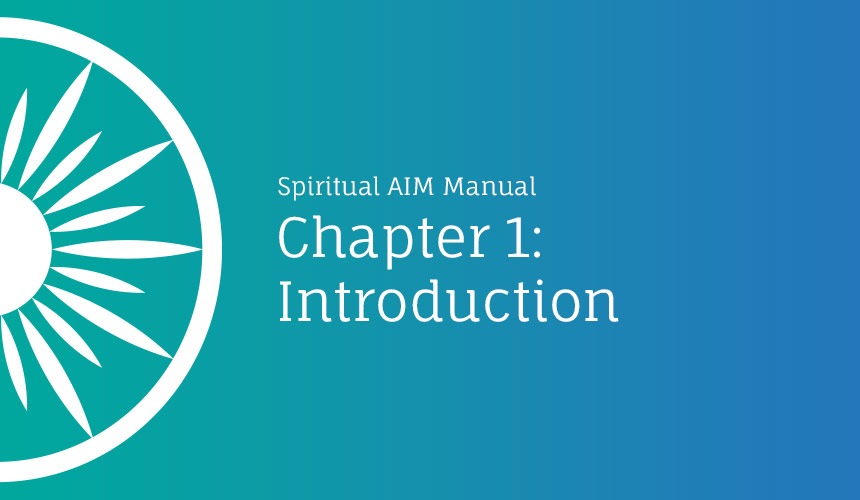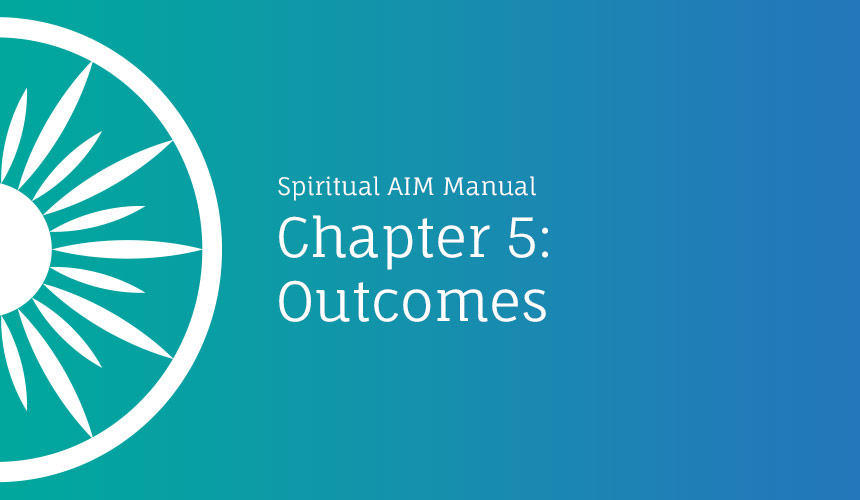How to Use the Spiritual AIM Manual

Development and pilot testing of this manual conducted by the Spiritual AIM team demonstrates that chaplains can make reliable Spiritual AIM assessments, interventions, and care plans if they:
- Read the Spiritual AIM manual & complete all of the exercises included.
- Read “Spiritual AIM and the work of the chaplain: A model for assessing spiritual needs and outcomes in relationship.”
- Optional: Seek additional education and technical support from the Spiritual AIM team (e.g., writing verbatim, practicing documentation, engaging in patient simulation activities).
Some of the material from the manual is included in this online toolkit. For the full manual, with all of the guided reflection breaks, integrative exercises, quizzes, and answer guides, please request it here.
If you plan to use this manual to teach others about spiritual assessment, we strongly recommend that you contact the authors for additional training and technical support, as well as customized tools and activities.
Please note: Spiritual AIM is one of the few evidence-based spiritual assessment models that has shown promise for positive impact on spiritual healing. However, Spiritual AIM is a spiritual assessment model and not a comprehensive pastoral education program or care modality.
Spiritual assessment is best conducted by a professionally trained chaplain who, through credentialing, has demonstrated the skills described in the Standards for Professional Certification by the Association for Professional Chaplains and Strategic Partners for Spiritual Care.
As will be described throughout this manual, spiritual assessment is dynamic and relies on the interpersonal interactions between spiritual care providers and recipients. It is not a prescribed set of interventions or a structured interview protocol. Professional chaplains draw on various theories and tools to meet the spiritual needs of those in their care—spiritual assessment is one important tool in the toolbox of professional spiritual care and creating and communicating care plans.
If you are not a chaplain:
Non-chaplain medical providers (e.g., nurses, doctors), community clergy and psycho-social practitioner—and likely anyone who interacts with people in crisis—may benefit from this manual. We encourage you to partner and regularly consult with professional chaplains in your institution and community as you address spiritual needs.
If you are a chaplain working outside of a healthcare setting:
For the purposes of consistency, we refer to care recipients as‚ “patients” throughout this manual. Although the manual has been tested only in healthcare settings, Spiritual AIM has been taught and used in various settings, including higher education, prison/reentry, and military.
The manual was largely developed in academic medical centers in urban settings and tested primarily on White Christian spiritual caregivers, therefore may require adaptation for other cultures/communities.

Thank you so much for developing Spiritual AIM. I’m really amazed at how it captures the spiritual need and sets a goal with a plan on how to get there!
~ A chaplain trained in the Spiritual AIM model









